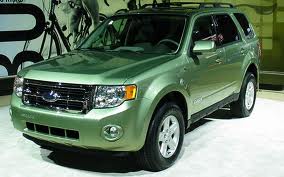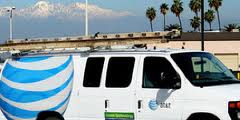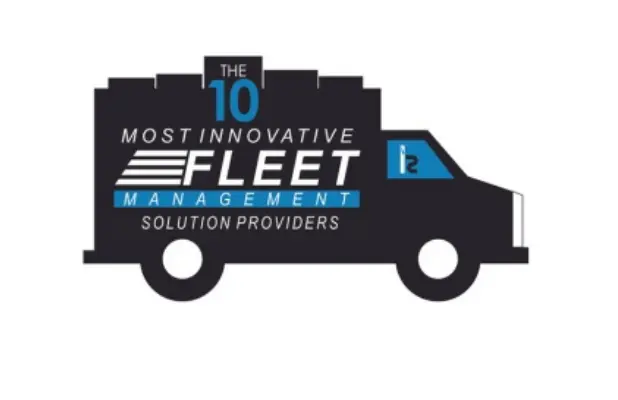- July 8th, 2011
- Jackson Parker
Ryder’s Green Fleet of Natural Gas Vehicles a Big Success
For Ryder, the decision to invest in a green fleet of natural gas vehicles is paying off. The company just reported that it is seeing a big increase in demand for its natural gas vehicles. A growing number of businesses are transitioning their fleets to run on compressed natural gas (CNG) or liquefied natural gas (LNG) as alternatives to gasoline and diesel because natural gas vehicles burn less fuel and produce less emissions.
Ryder (NYSE: R), a leader in commercial transportation and supply chain management solutions, announced last week that it has secured lease agreements for 87 heavy-duty natural gas trucks from customers looking to take advantage of the fuel cost savings and environmental benefits of alternative fuel powered vehicles. According to Ryder, natural gas is a domestic resource and it is 25 percent cleaner than the cleanest diesel. When your company commits to going Green with CNG vehicles, you demonstrate corporate and environmental responsibility and business savvy.
“Corporate and government fleets are the strongest adopters of natural gas vehicles” said Dave Hurst, senior analyst for Pike Research, which recently published a report analyzing global clean technology markets. “More and more fleet managers are attracted to the lower fuel costs of natural gas, in addition to the opportunity to reduce their vehicles’ carbon footprint.”
A large portion on the new truck order is part of the Ryder/San Bernardino Associated Governments (SANBAG) Natural Gas Vehicle project – a joint public/private partnership between the U.S. Department of Energy, the California Energy Commission, San Bernardino Associated Governments, Southern California Association of Governments, and Ryder. The $38.7 million project includes a total of 202 natural gas vehicles available for lease or rent, three strategically located natural gas compliant maintenance shops in Southern California, and two fueling stations. Ryder took delivery of 70 vehicles in May and is expected to have the balance of the full 202 SANBAG natural gas vehicle order in its green fleet by the end of 2011.





















